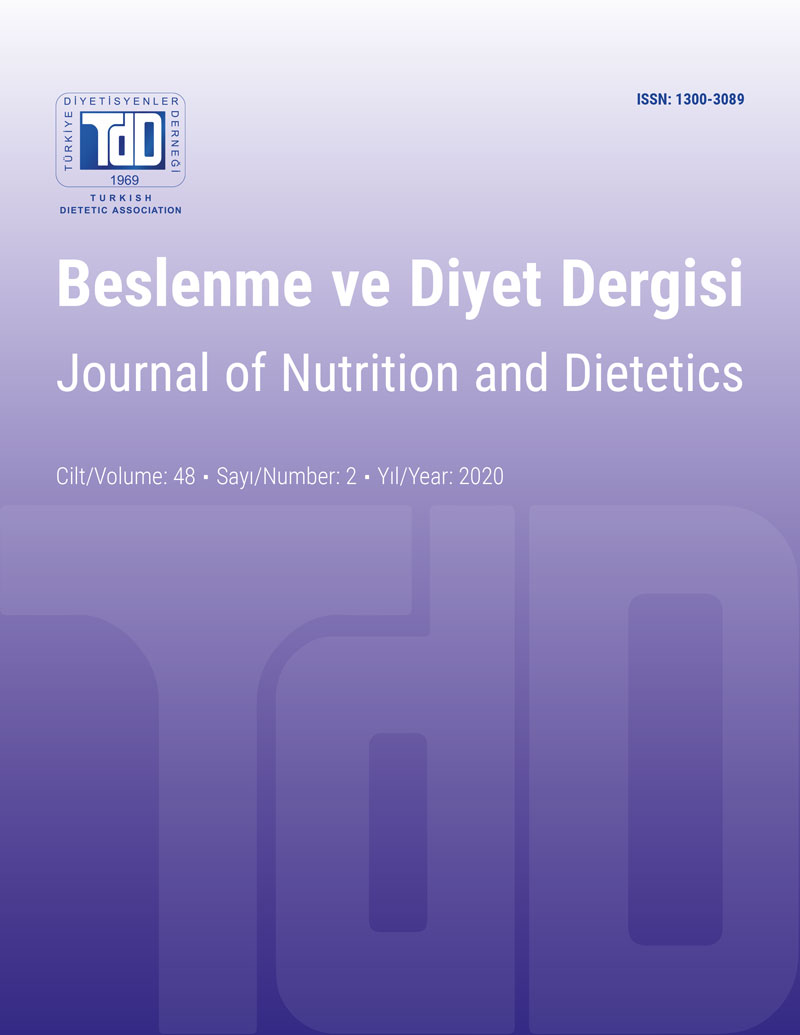Determination of Total Antioxidant and Oxidant Status of Organic Tea Infusions
DOI:
https://doi.org/10.33076/2020.BDD.1289Keywords:
Organic tea, antioxidant capacity, oxidant capacity, OSIAbstract
Aim: This study was planned and conducted to evaluate the total antioxidant (TAS) and total oxidant capacities (TOS) of brewed organic tea samples (infusions).
Material and Method: Organic (O) and non-organic (C) tea varieties sold in ready-to-drink teabags or bulk were obtained from the markets. Tea infusions were prepared in two different ways by following i)brewing recipe on the package, and ii)brewing by keeping the conditions (concentration, duration etc.) stable. TAS(mmol/L) and TOS(μmol/L) were measured and oxidative stress indices (OSI) were calculated.
Results: When the TAS values (mmol/L) of the teas prepared according to their recipes were evaluated, sage (O:2.92±0.05, 1.86±0.02; p<0.05), rose hip (O:2.91±0.03, C:2.81±0.01; p<0.05), mint-lemon (O:2.77±0.01, C:2.33±0.58; p<0.05), and chamomile (O:0.81±0.01, C:0.71±0.02; p<0.05) of the TAS values of organic and non-organic varieties were found to be statistically different (p<0.05). The OSI values of the organic varieties of sage (O:2.124, C:3.295), plain black tea (O:1.975, C:2.368), ginger-lemon(O:1.444, C:1.833), bulk black tea (O:1.407, C:2.492) and green tea (2 g/2 mL)(O:1.182, C:2.937) were lower when compared to their non-organic varieties (p<0.05). When the TAS values(mmol/L) of organic tea varieties brewed under the same conditions were compared, the TAS value of the organic sage (3.24±0.01) was highest, while the values of organic ginger-lemon (0.99±0.04) and chamomile tea (1.01±0.01) were lower (p<0.05). Organic tea variety with the highest OSI value was found to be the chamomile tea (3.435) (p<0.05).
Conclusion: It was determined that some organic teas, in addition to their high antioxidant capacities, had high oxidant capacities when compared to their non-organic varieties. The antioxidant/oxidant capacity of teas could differ according to the herbal type, the form in the market (teabag or bulk), the dosage and the brewing method. Therefore, no generalizations could be made that all organic tea varieties were healthier than non-organic ones.

